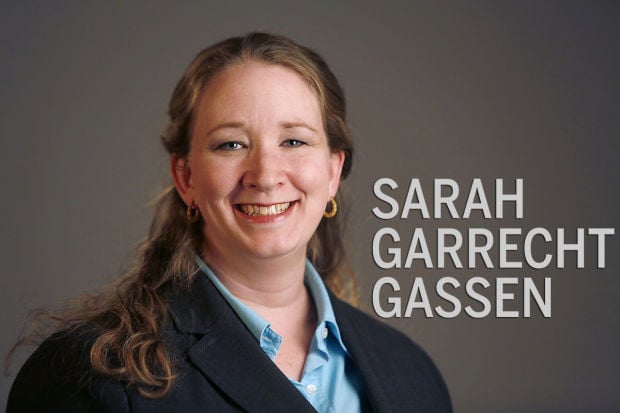We’ve had some interesting conversations in the newsroom this week about covering a former University of Arizona employee’s claim of sexual harassment and hostile workplace environment filed against head football coach Rich Rodriguez.
Do you name the alleged victim who filed the complaint, or do you keep her name out of news stories, at least initially, and refer to her as “the woman,” “the accuser,” “the claimant?”
The Star senior leadership decided to identify the woman in news coverage.
I disagree. I wouldn’t have used her name.
I understand the news judgment involved in deciding to identify her: She filed a claim with the Arizona Attorney General’s Office, a claim that includes her name and identifying details. She is asking for a settlement, which could involve a payout of taxpayer money. Rodriguez, who was fired by the UA Tuesday night, is being identified in the coverage and is accused of being a sexual harasser and doing some pretty nasty stuff. If he’s named, it’s fair to name her.
And, other news outlets already had published her name.
I get that. It’s old-school news judgment.
But we, as journalists, must recognize that we can no longer play the role of messenger and stand back, saying we’re not the ones identifying the alleged victim, that she identified herself by filing the claim.
Our news judgment must change, and evolve. The essential news tenet of “it’s a public record” remains a strong argument for public disclosure, but the consequences to the person coming forward as a victim have drastically changed.
The Star does not identify victims of sexual assault or domestic violence, and rightly so. The woman in this situation describes sexual harassment, although she does allege that Rodriguez tried to kiss her and touched the side of her breast, which certainly would be a physical violation. This is another reason to not use her name.
It’s become so common it’s considered an inevitability, and we’ve reported on it when it’s happened in other sexual harassment or assault cases: People who come forward as a victim have been viciously and publicly harassed, their children and families harassed, they’ve been hounded on social media, their home addresses published, their reputations trashed, and they’ve been targeted with threats of rape, other assault, death.
“Technology demands of us that we change how we think of this,” said Laura Beth Nielsen, who is the director of the Legal Studies Program, a sociology professor at Northwestern University and a research professor with the American Bar Foundation.
Rodriguez has admitted to having an extramarital affair with a different woman but has strongly denied the sexual harassment and hostile workplace claims made against him.
The UA retained a law firm to investigate the claims, and released a statement Jan. 2, including: “The investigation, which concluded on December 28, 2017, found that the original specific harassment allegations against Mr. Rodriguez could not be substantiated based on the evidence and witnesses available to it. However, Arizona Athletics did become aware of information, both before and during the investigation, which caused it to be concerned with the direction and climate of the football program.”
The woman decided to not participate in the law firm’s investigation, which, frankly, makes sense if she did not trust the UA to treat her fairly, given the power of Rodriguez and, as she describes it, his behavior toward her was common knowledge in the athletic department.
For some in our newsroom discussions, the dollar amount of the financial claim against Rodriguez was a factor. In Arizona, a claim against a state agency puts them on notice that you intend to sue and the agency has 60 days to respond, settle or let the suit proceed to court. The claim must include an amount that would settle the matter.
In this case, it’s $7.5 million. Yes, that’s a lot of money — but news judgment shouldn’t include a sliding scale.
But what if the woman wants to be publicly identified, as some victims of other high-profile sexual assault and harassment allegations have decided to do? That’s an individual decision.
This all boils down to the stigma of having been sexually assaulted or sexual harassed. Are we, in the media, continuing the stigma by treating victims of sexual violence or harassment differently than other kinds of victims?
I understand this argument, too, but I don’t think victims should be forced to bear the burden of curing our culture of the insidious practice of blaming and persecuting the victim, which happens especially when the accused has a fan base.
Journalists, if we’re to be more than stenographers, must take this awful reality of what happens to victims into account. It may not change the final decision on whether to publish a story, or identify persons involved, but must be an essential part of the conversation.





